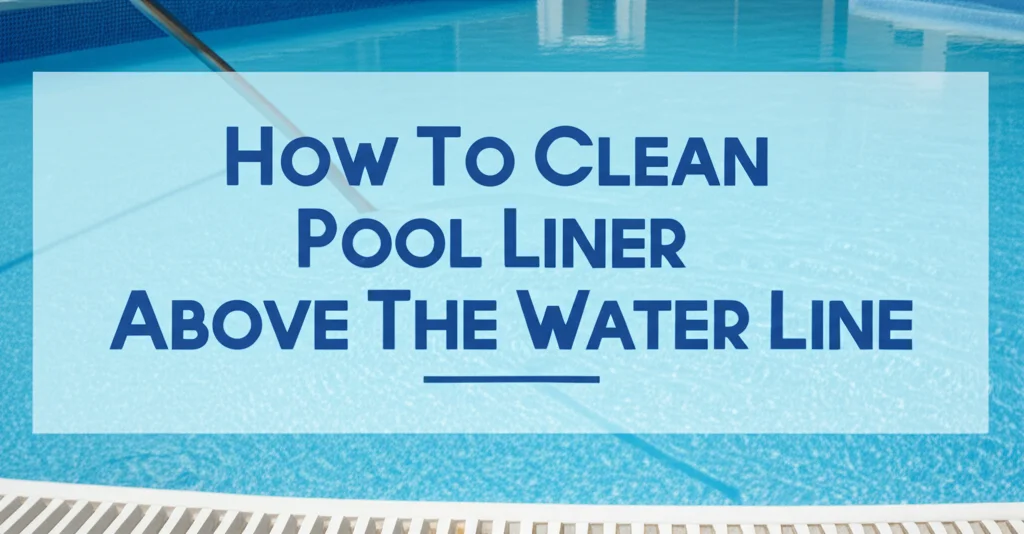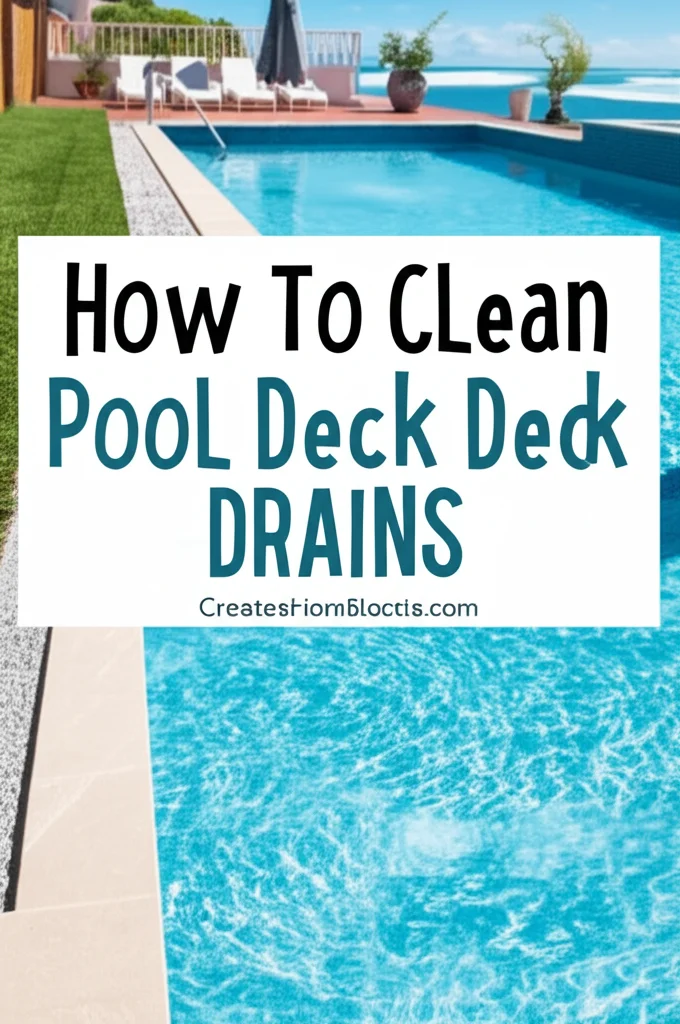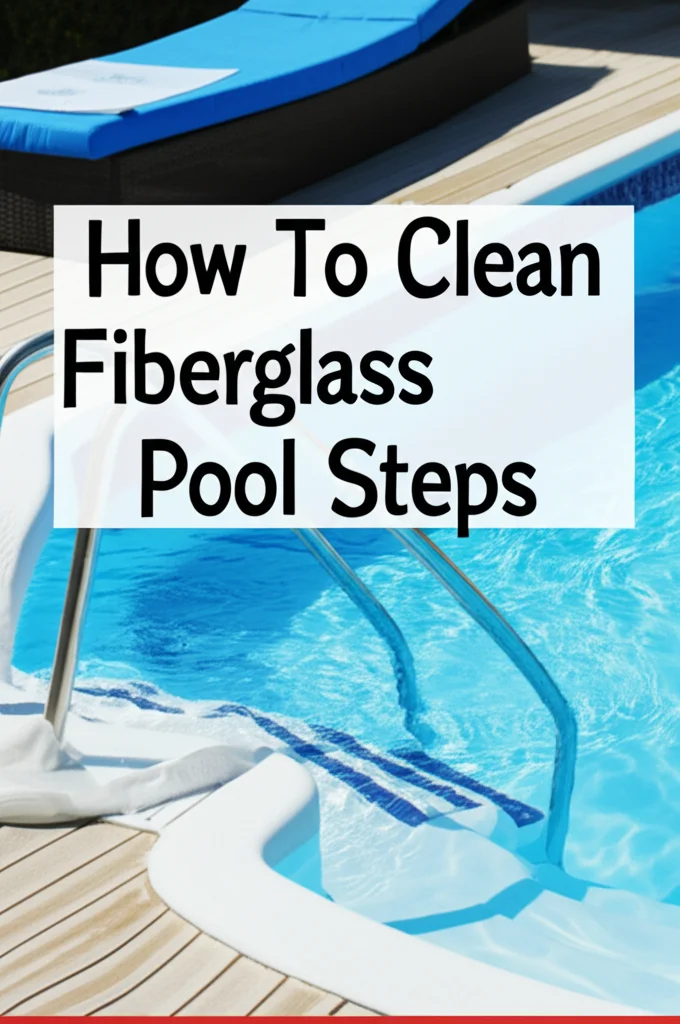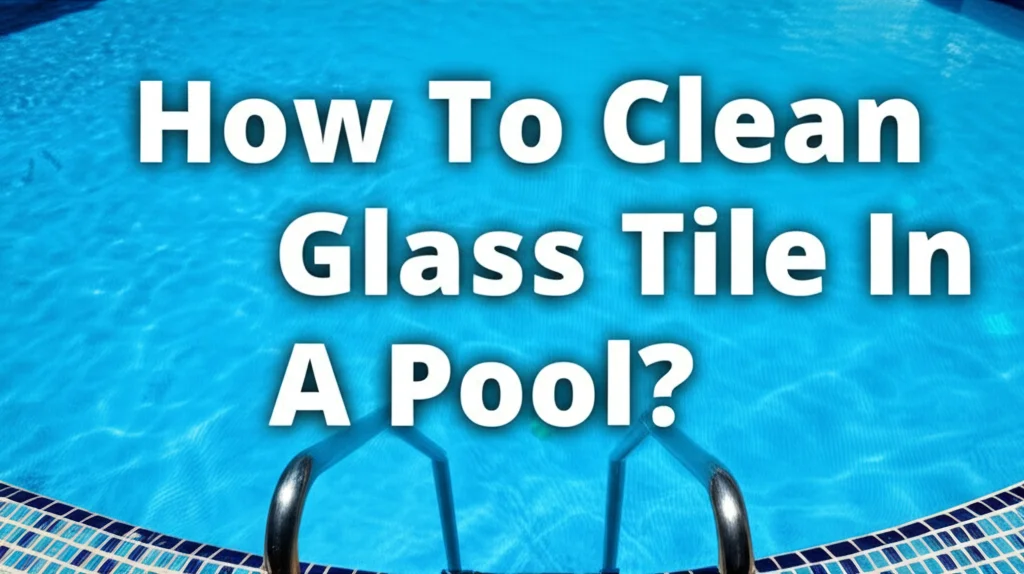· Pool Maintenance · 7 min read
How To Clean Vinyl Pool Liner Above The Water Line?
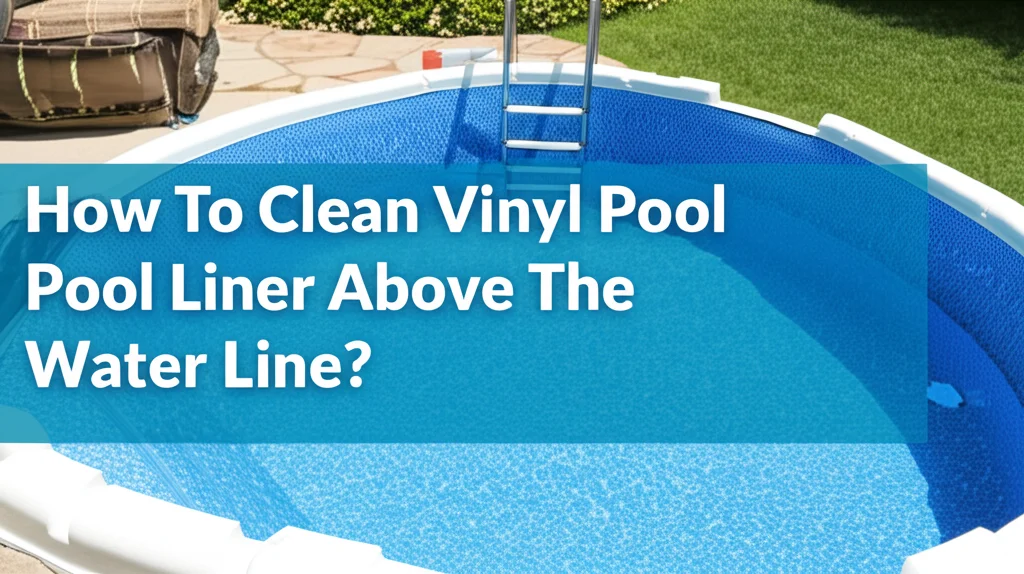
Keeping Your Pool Pristine: How To Clean Vinyl Pool Liner Above The Water Line?
Have you noticed a ring around your pool, or discoloration creeping up the sides? This is a common issue for vinyl pool owners, and it’s often caused by sunscreen, oils, dirt, and other debris accumulating above the waterline. Cleaning your vinyl pool liner above the waterline is crucial for maintaining a beautiful and hygienic swimming environment. It’s a task that, while sometimes overlooked, significantly impacts the overall appearance and longevity of your pool. This article will guide you through the best methods for cleaning your vinyl pool liner above the waterline, ensuring a sparkling clean pool all season long. We’ll cover everything from simple daily maintenance to tackling tougher stains, so you can enjoy your pool without worry.
Quick Answer: To clean a vinyl pool liner above the waterline, regularly wipe down the sides with a soft cloth or sponge and a mild cleaning solution (like dish soap and water). For tougher stains, use a vinyl liner cleaner specifically designed for pools, always testing in an inconspicuous area first.
Takeaway:
- Regular wiping prevents buildup.
- Mild cleaners are best for daily maintenance.
- Specific vinyl liner cleaners tackle tougher stains.
- Always test cleaners before full application.
Why Cleaning Above the Waterline Matters
Cleaning the area of your vinyl pool liner that sits above the waterline isn’t just about aesthetics. It’s about preventing long-term damage and maintaining water quality. The constant exposure to sunlight, chemicals, and body oils can degrade the vinyl over time, leading to cracking and discoloration. A clean surface also minimizes the amount of debris that falls into the pool, reducing the workload on your filtration system. Think of it as preventative maintenance – a little effort now saves you significant time and money later. Ignoring this area can lead to costly repairs or even the need to replace the entire liner.
Daily & Weekly Maintenance: Preventing Build-Up
Consistent, light cleaning is the most effective way to keep your vinyl pool liner looking its best. Don’t let grime accumulate! A quick wipe-down after each use, or at least a few times a week, can make a huge difference. Here’s how to incorporate this into your routine:
- Soft Cloth or Sponge: Use a soft cloth, sponge, or dedicated pool wall brush. Avoid abrasive materials that can scratch the vinyl.
- Mild Soap & Water: Mix a small amount of dish soap with warm water. This is a gentle yet effective cleaning solution for everyday grime.
- Wipe Down: Simply wipe down the area above the waterline, paying attention to areas prone to sunscreen or oil buildup.
- Rinse: Rinse the area with clean water to remove any soap residue.
- Weekly Deep Wipe: Once a week, dedicate a little more time to a thorough wipe-down, checking for any developing stains.
Tackling Tough Stains on Your Vinyl Liner
Sometimes, mild soap and water aren’t enough. Sunscreen, lotions, and mineral deposits can leave stubborn stains on your vinyl pool liner. Here’s how to address them:
- Vinyl Liner Cleaner: Invest in a cleaner specifically formulated for vinyl pool liners. These cleaners are designed to break down tough stains without damaging the vinyl. You can find these at most pool supply stores.
- Test Patch: Always test the cleaner in an inconspicuous area first to ensure it doesn’t discolor or damage the liner.
- Application: Apply the cleaner according to the manufacturer’s instructions. Typically, this involves spraying or applying the cleaner to the stain and letting it sit for a few minutes.
- Gentle Scrubbing: Use a soft brush or sponge to gently scrub the stain. Avoid harsh scrubbing, which can damage the vinyl.
- Rinse Thoroughly: Rinse the area thoroughly with clean water to remove all traces of the cleaner.
Removing Specific Types of Stains
Different stains require different approaches. Here’s a breakdown of how to tackle some common culprits:
- Sunscreen & Oil: These stains often appear as greasy, yellowish marks. A vinyl liner cleaner is usually effective. For stubborn cases, you might try a degreasing cleaner specifically designed for vinyl, but always test it first.
- Mineral Deposits (Calcium Scale): These appear as white, chalky deposits. A mild acid-based cleaner (specifically for pools) can help dissolve these deposits. Be extremely careful when using acid-based cleaners and follow the manufacturer’s instructions precisely. Consider using a pumice stone very gently for localized deposits, but test it first.
- Dirt & Algae: These stains are typically green or brown. A good vinyl liner cleaner should remove these stains. If the algae is particularly stubborn, you may need to shock the pool and then scrub the affected area.
- Rust Stains: Rust stains can be tricky. A rust remover specifically designed for pools is your best bet. Again, test in an inconspicuous area first. You can learn more about removing rust stains from various surfaces here.
Choosing the Right Cleaning Tools & Products
Selecting the right tools and products is essential for protecting your vinyl pool liner. Here’s a quick guide:
- Avoid Abrasive Cleaners: Never use abrasive cleaners, scouring pads, or steel wool, as these can scratch and damage the vinyl.
- Soft Brushes & Sponges: Opt for soft-bristled brushes and sponges.
- Vinyl Liner Cleaner: Choose a cleaner specifically formulated for vinyl pool liners.
- Mild Soap: Dish soap is a good option for everyday cleaning.
- Protective Gear: Wear gloves and eye protection when using any cleaning chemicals.
- Consider a Telescopic Handle: A telescopic handle can make reaching higher areas easier and more comfortable.
Protecting Your Liner: Preventative Measures
Beyond regular cleaning, there are steps you can take to protect your vinyl pool liner and minimize the need for intensive cleaning:
- Shower Before Swimming: Encourage swimmers to shower before entering the pool to remove sunscreen, lotions, and other contaminants.
- Apply Sunscreen After Swimming: Applying sunscreen after swimming allows it to absorb into the skin before coming into contact with the liner.
- Pool Cover: Use a pool cover when the pool is not in use to protect it from debris and sunlight.
- Water Chemistry: Maintain proper water chemistry to prevent staining and corrosion.
- Regularly Skim the Pool: Remove leaves and debris from the surface of the water to prevent them from settling on the liner. Keeping your pool water balanced is also important, and you can find more information on maintaining a clean home here.
Frequently Asked Questions
Q: Can I use bleach to clean my vinyl pool liner?
A: No, bleach can damage and discolor vinyl pool liners. It’s best to use a cleaner specifically designed for vinyl.
Q: How often should I clean my vinyl pool liner above the waterline?
A: Daily wiping and weekly deep cleaning are recommended for optimal results.
Q: What’s the best way to remove a stubborn sunscreen stain?
A: A vinyl liner cleaner, combined with gentle scrubbing, is usually the most effective method.
Q: Will a pool cover help prevent stains?
A: Yes, a pool cover significantly reduces the amount of debris and sunlight that can cause staining.
Q: Is it okay to use a pressure washer to clean my pool liner?
A: Absolutely not! A pressure washer can easily damage the vinyl liner. Always use gentle methods and soft tools.
Conclusion: Enjoy a Sparkling Clean Pool!
Maintaining a clean vinyl pool liner above the waterline is a simple yet vital part of pool ownership. By incorporating regular cleaning into your routine and using the right tools and products, you can prevent stains, protect your liner, and enjoy a beautiful, hygienic swimming environment. Remember, consistent preventative maintenance is key. Don’t let grime build up – a quick wipe-down today can save you a lot of effort tomorrow. So, grab your soft cloth, your vinyl liner cleaner, and get ready to enjoy a sparkling clean pool all season long! For more cleaning tips and tricks, explore our other articles on Beacleaner.com.

